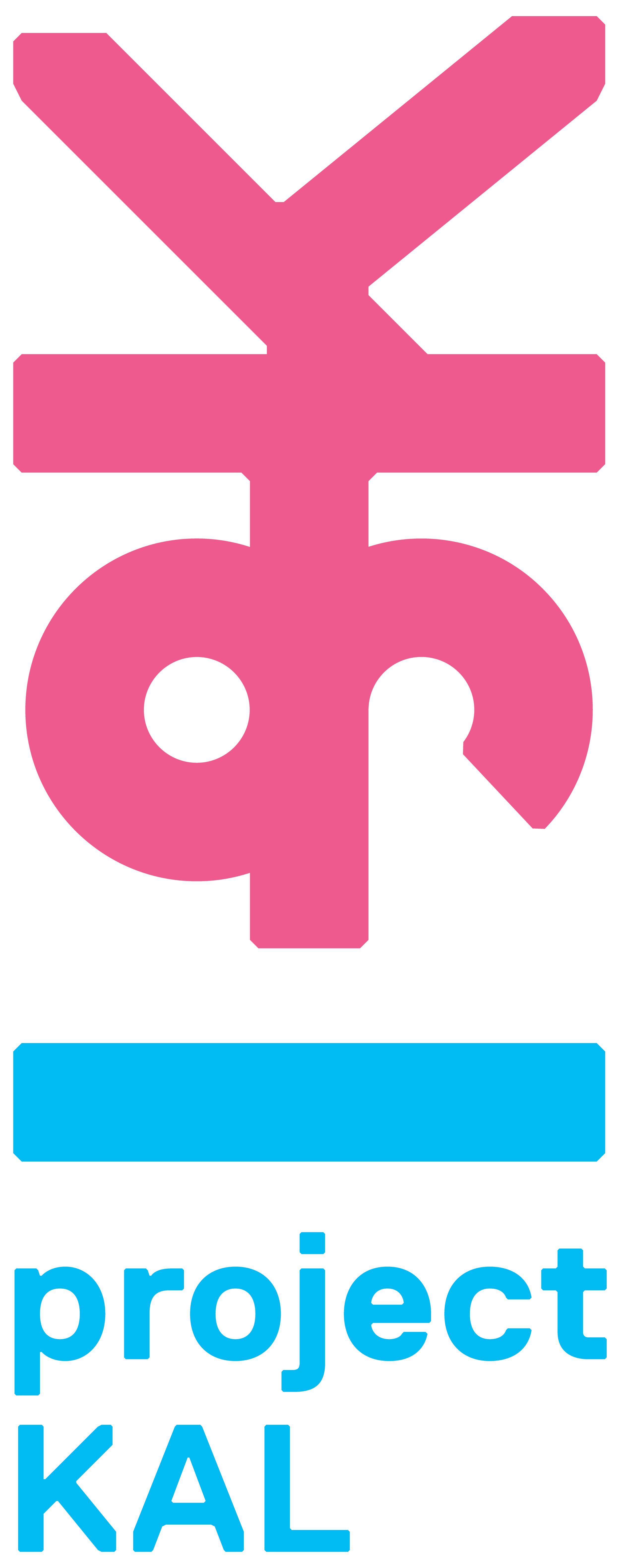Whose Story is It?
Responsible storytelling for impact
While building the website for Project Kal, I have spent a lot of time making sure the pictures on the site are not pretty to look at but also convey our message. What shocked me was the single story the stock photos of India tell: a story of poverty, desolation and lack of hope. Mixed in were a couple of photos of sarees and spices, for a good measure of cultural stereotyping. As Chimamanda Adichie famously pointed out in her Ted Talk, the danger of a single story limits not only what we expect from the “other”, but what we expect from ourselves as well. There is a reason parents have been lobbying for a doctor, president and astronaut Barbie dolls- you need to see for yourself that people like you can be anything and anyone.
In the development world, we are so often guilty of perpetuating the single story. After all, it allows us to raise funds. No one will donate to successful, urban, young people redefining what development means for them. We want swollen bellies and dirty smiling children running towards the white savior bringing in relief. We want people to be “empowered” in the sense that we see empowerment. We want them to be “developed” in the sense that we see development.
Postcolonial development experts have started asking them and ourselves, whose development is it? The questions that arises is, is it possible to finally move from the one size fits all formulas to a “by us, for us” models that allow for different definitions of empowerment and development, and that allow for more than one story to be heard? And yes, that story might not be the one you like to hear, but that does not make it any less valid, true or relevant.
Women, as a focus on so many development efforts, have been lumped into this one large, homogenous lump of undistinguishable characteristics and uniformed desires. When we say we empower women, we mean all women want and need the same things to feel empowered. They all want and need to be more like us.
There is no global sisterhood of “us” that every woman should aspire to be a part of. Women of color, poor women, queer women and disabled women all have different experiences and needs based on their own particular intersection of social and economical factors. Their versions of empowerment might be radically different (and radical in their own right) from the mainstream, but if the only story we are pushing is the one that gets us the funding dollars, our impact will remain minimal and potentially negative for the women who are excluded from the narrative. As development experts, as individuals and organizations working on issues of gender equality, we must do a better job of creating a platform for a variety of stories to be shared, heard and acted upon. Only then will we have enough case studies of different versions of success, and only then will the little girl running towards the white savior in your fundraising campaign truly believe she can become anything and anyone she wants to be.

